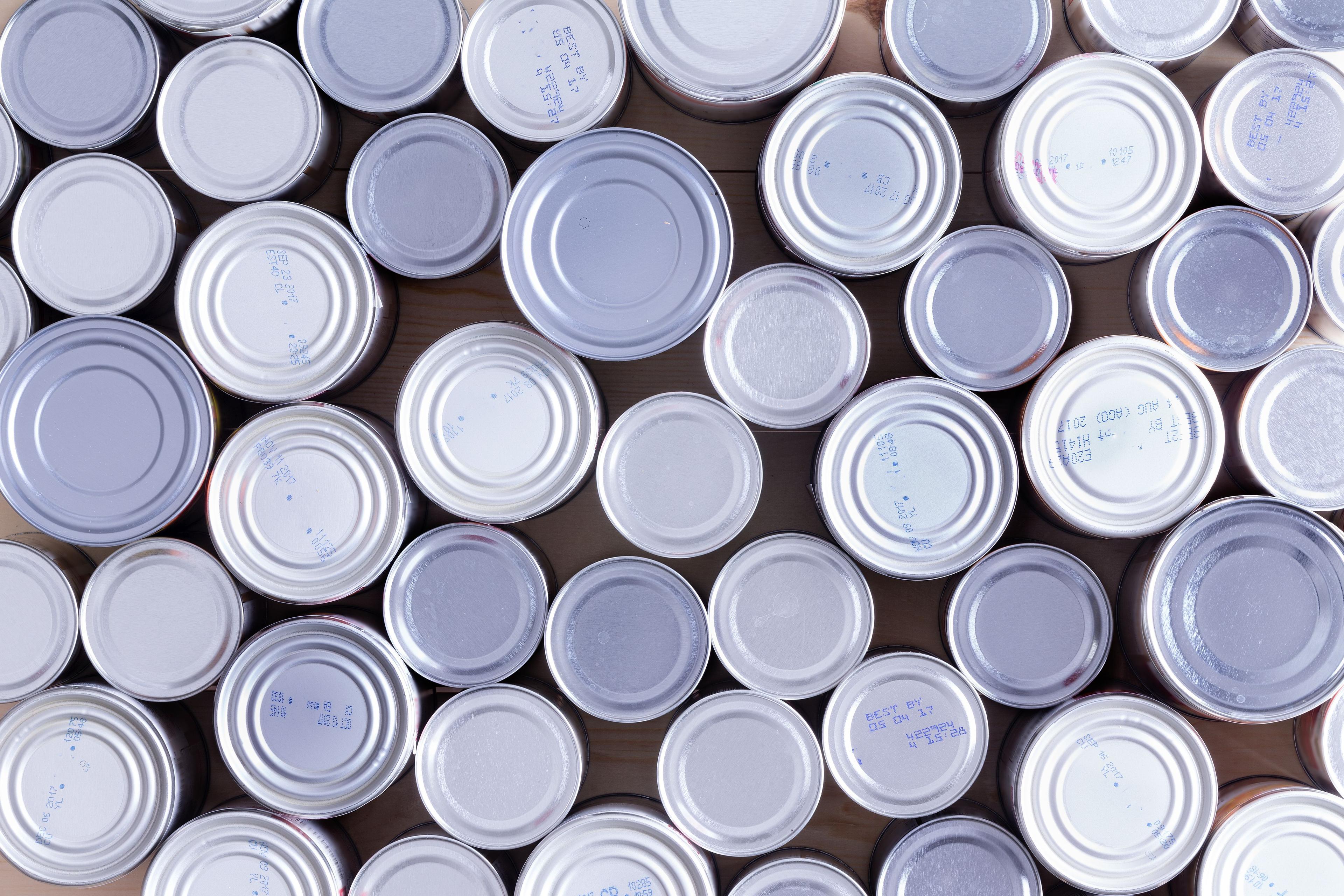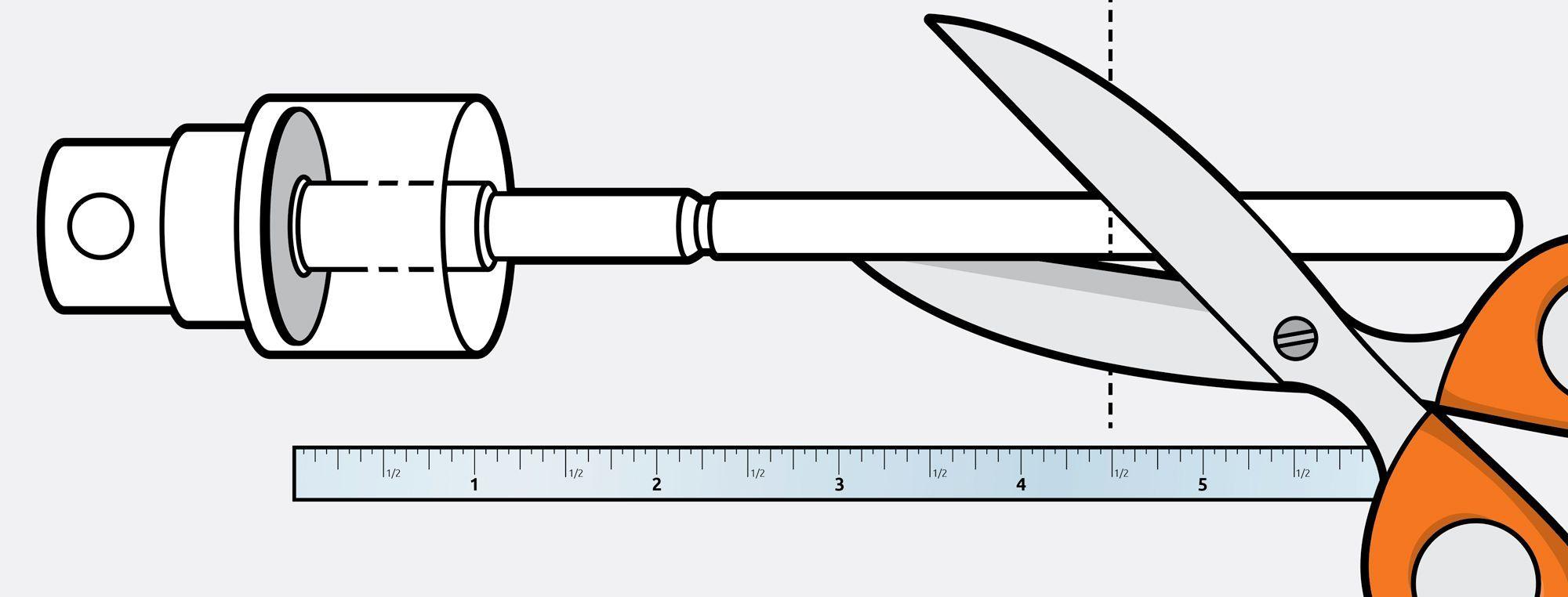Cracking the UN Code: Decoding UN Ratings


Take a look at this: 1H2/Y1.5/30/15/USA/+AB2012. That is a UN code. But what does it mean? Have you ever encountered a bunch of numbers and letters that you just didn't understand? If you aren't a code-breaker, these strings of characters may be baffling. What secrets do these puzzles hold? Let's unravel this mystery.
What are UN Codes?
If you come across a container or package with a bunch of numbers or letters that looks kind of like that one above, you've probably discovered a UN code. You may also see a circle with the lowercase letters un inside. Or the container may just have the uppercase “UN” printed on it. These signify that the packaging is UN certified. UN stands for United Nations, the intergovernmental organization founded 70 years ago. We often hear about UN summits, UN charters, UN sanctions, and other happenings of the United Nations. But did you know that the UN has standards for the transportation of hazardous materials? That's where UN codes come into play.
Deciphering UN Codes
When a container or package is UN certified, it is given a UN code. To learn about what these codes mean, we are going to break down the following UN code:
UN 1H2/Y1.5/30/15/USA/+AB2012
| Code | Description |
| UN | This container is UN certified. |
| 1 | This identifies the type of container:
|
| H | This is what the container is made out of:
|
| 2 | Category within the type of container:
|
| Y | Packaging group or performance level:
|
| 1.5 | This is the highest density or specific gravity that this container can hold. However, if the container will hold solids or has an inner packaging, it is the maximum gross mass (weight) in kilograms. |
| 30 | This is the hydrostatic test pressure. In simple language, this is how much liquid pressure the container can tolerate. If the container holds solids or has an inner packaging, then this field will have an S and the gross mass (weight). |
| 15 | This code specifies the year the container was manufactured. |
| USA | The country where the container was made. |
| +AB2012 | This is the manufacturing plant's code. |
So just with a few simple letters and numbers, you can learn a lot about a container. If you have a UN code, you can crack it! You know what kind of container it is. You know what it is made of. And you know what kind of head it has. You can specify what kinds of hazardous materials the container can carry and the density or weight of the materials. You also know how much liquid pressure it can withstand. And finally, you know the year, country, and manufacturing plant of the container or packaging material.
If you are in need of a UN code certified container, just contact a representative at Container & Packaging Supply. We have a variety of UN rated containers and lids, perfect for all of your hazardous material needs.





